 Part 1 (Ogg-Vorbis format, 3Mbytes) Part 1 (Ogg-Vorbis format, 3Mbytes)
|
 Part 1 (WAV format, 18Mbytes) Part 1 (WAV format, 18Mbytes)
|
 Part 2 (Ogg-Vorbis format, 6Mbytes) Part 2 (Ogg-Vorbis format, 6Mbytes)
|
 Part 2 (WAV format, 18Mbytes) Part 2 (WAV format, 18Mbytes)
|
 Part 1 (Ogg-Vorbis format, 3Mbytes) Part 1 (Ogg-Vorbis format, 3Mbytes)
|
 Part 1 (WAV format, 18Mbytes) Part 1 (WAV format, 18Mbytes)
|
 Part 2 (Ogg-Vorbis format, 6Mbytes) Part 2 (Ogg-Vorbis format, 6Mbytes)
|
 Part 2 (WAV format, 18Mbytes) Part 2 (WAV format, 18Mbytes)
|

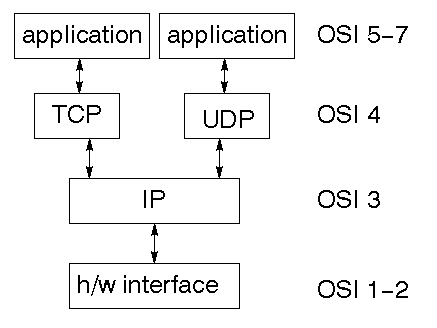

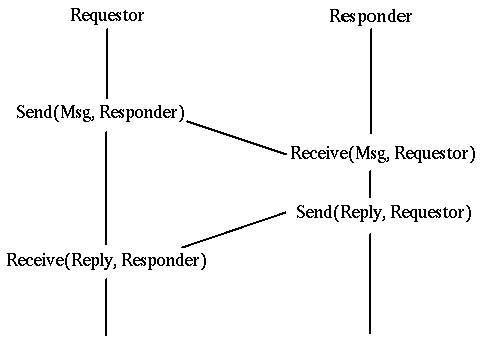

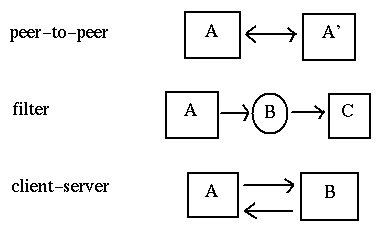
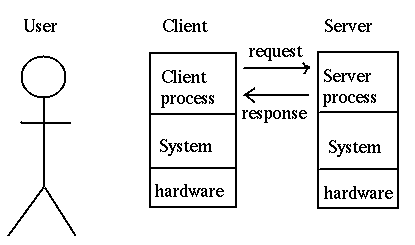
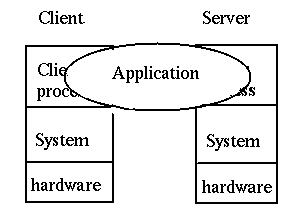

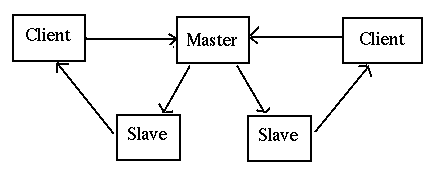

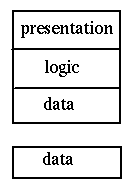

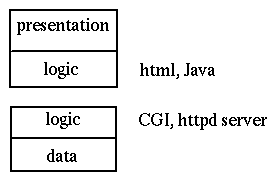
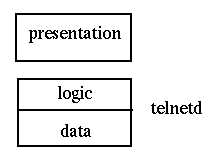

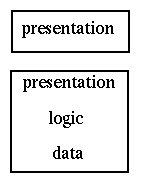


The middleware model is

